Table of contents
General considerations about emotional allergy
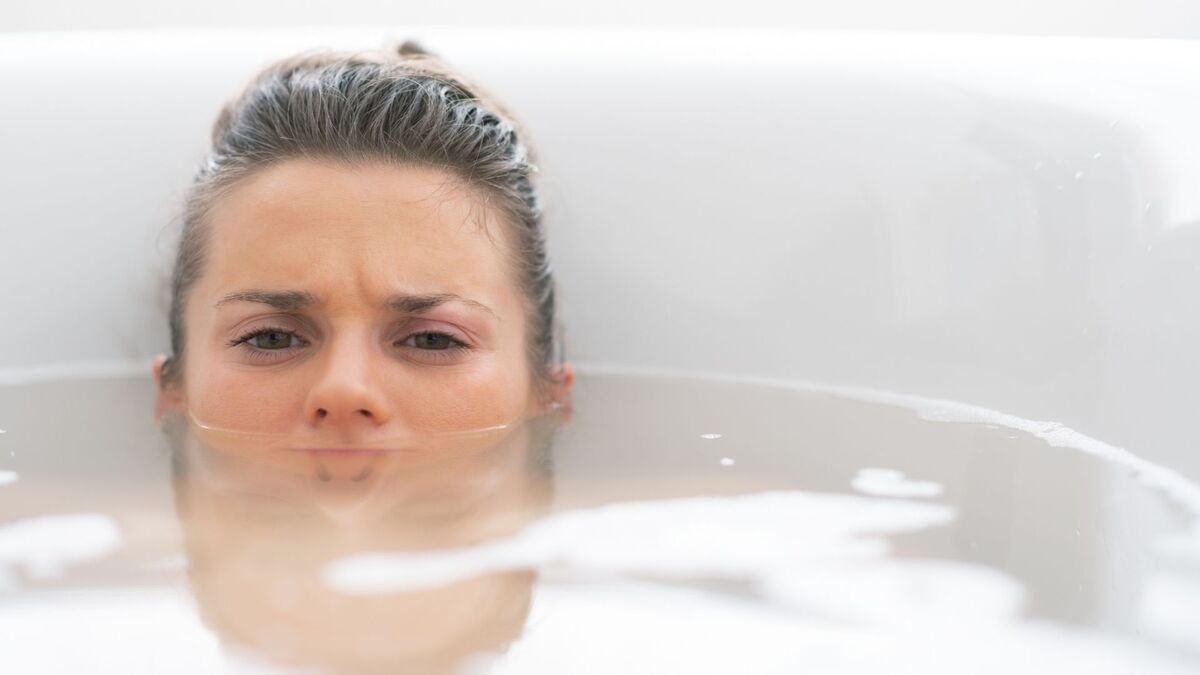
Allergy has always been present in the life of Brazilians, being able to be unleashed by foods, hygiene or beauty products or then by the own unbalanced emotions of the person.
In the rush of everyday life we can go through several situations of stress, or anxiety, which in exaggerated form and on a large scale can result in the trigger for various skin allergies.
These allergies can occur in very different ways, but most have very common symptoms such as itching, redness in the area and lesions.
In this article we will talk in more detail about each of these types of allergies, their symptoms, diagnosis and their conventional and alternative treatments.
Emotional allergy, its symptoms and its causes

Emotional allergy is a disorder that can be triggered due to sudden changes in a person's emotions, be it anxiety, stress, and nervousness. In the following topics we will talk more about this problem, its symptoms and the two causes.
What is Allergy
Allergy is a consequence of when the immune system reacts to something that for most people may be considered harmless. As soon as your immune system comes into contact with a substance that may be a threat, a so-called allergen, it will release a substance in response to that allergen, called histamine and among several other substances.
Once histamine and these substances are released, there is an allergic reaction throughout the body that can occur through sneezing and rashes on the skin causing itching.
What is emotional allergy
Emotional allergy occurs when there are changes in the patient's mood, which can be stress, anxiety, depression, and the physical and emotional stress itself can trigger this disorder. When experiencing strong emotions such as anger or nervousness, the body produces a substance called catecholamine causing an increase in cortisol, causing stress.
The presence of cortisol ends up forcing the body to fight its high amount, consequently causing the allergic pictures.
What are the main symptoms
Patients who have emotional allergies have very common symptoms, but because this disease stems from changing emotions, it can lead to much more severe symptoms and skin problems.
Its most common symptoms are redness and itching of the skin, but other symptoms can occur such as loss of appetite, weight loss, difficulty sleeping, shortness of breath and even trigger another serious allergy problem, hives.
What are the causes of emotional allergy
The major causes of emotional allergies are excessive stress and anxiety, which generate too much cortisol, causing allergies and other allergy-related health problems such as dermatitis and hives.
Constant irritability, depression, strong emotions, and nervousness can be triggers for this type of disorder to occur, so the ideal is to avoid such abrupt changes of emotions, and have balance before your emotions.
Is there a relationship between asthma and emotional allergies?
As in allergies, the emotional state of the patient can trigger other diseases such as asthma, a respiratory disease that causes inflammation of the airways causing the bronchi to narrow, hindering the passage of air to the lungs, making breathing much more difficult.
Stress and anxiety attacks are the most crucial factors to trigger an asthmatic crisis. And just like emotional allergies, patients with this disease should be alert to sudden changes in their emotional state.
It is very common that those people who have this type of respiratory problem also have some type of allergy linked to emotional, such as atopic dermatitis.
Which allergies are associated with emotional
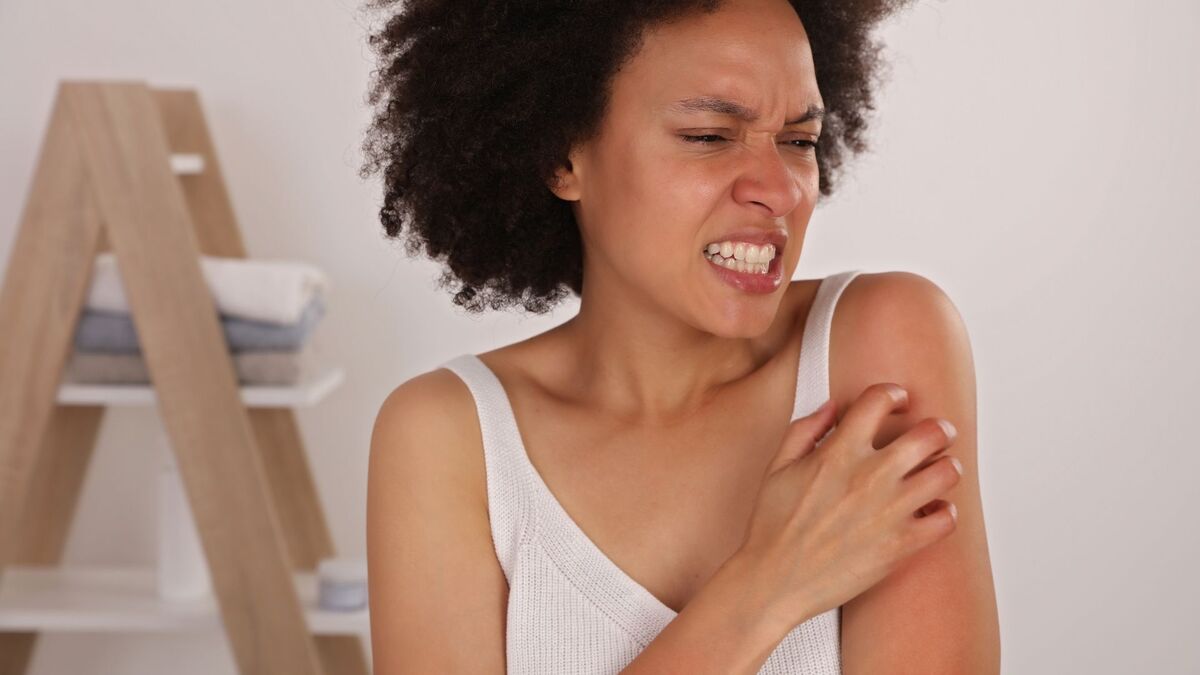
Emotional allergy can be triggered in several types, among them we have atopic dermatitis, psoriasis, hives and vitiligo. Below we will talk in more detail about each of these emotional related skin problems.
Atopic dermatitis
Atopic dermatitis, also known as atopic eczema, causes lesions on the skin that can be either lumps or reddish plaques in which it is very itchy. This disease can occur more frequently in babies or children 5 years old, but in general it can occur at any stage of life.
Dermatitis is not contagious, and can occur at any time, and can be triggered by food, dust, fungus, sweat and heat and also the patient's emotional as stress and anxiety.
The lesions can occur on different parts of the body depending on the age of the patient. The most common places to be affected are the folds of the arms and knees, on the cheeks and ears in babies, and on the neck, hands and feet of adults.
Unfortunately this disease has no cure, but it can be treated with anti-inflammatory drugs, and constant hydration of the skin.
Psoriasis
Psoriasis is a non-contagious, inflammatory autoimmune skin disease. It occurs when our body's own defense system begins to attack skin cells, consequently causing lesions in the dermis. This type of disorder occurs in all age groups and in both sexes, but it is more common among young adults.
Its causes are unknown, but according to the specialists on the subject it can be related to genetic and immunological factors of the patient. There are times that the crises can occur through infections, stress, anxiety, very hot long baths, cold weather and the use of certain medications.
There are eight types of psoriasis whose symptoms may vary with the type:
Plaque or vulgar psoriasis: This is the most common type, and usually occurs on the scalp, knees, elbows, and back, manifesting through reddish lesions with whitish scales which are itchy and painful.
Psoriasis of the nail: Lesions occur on the nails of the hands and feet, causing them to grow unevenly and in severe cases they can become deformed and even change color.
Psoriasis palmoplantaris: The palms of the hands and soles of the feet are covered with plaques.
Reverse psoriasis: Regions of the body that perspire more, such as armpits, under the breasts, groin and bends of knees and elbows are affected by red patches.
Psoriasis arthropathy or psoriatic arthritis: Besides the skin, inflammation can occur in other parts such as the joints, and its symptoms are very similar to common arthritis, such as pain, swelling and stiffness in the joints.
Psoriasis pustulosis: As the name implies, these are lesions that occur on the body with pus-filled blisters. They can occur locally or all over the body.
Psoriasis guttata: These occur as smaller, thinner, drop-shaped patches on the scalp, trunk, and limbs, and are more common among children and young adults.
Erythrodermic psoriasis: This is the rarest type of psoriasis, in which the whole body is covered with red patches which itch and burn intensely.
This disease has no cure, but there is a treatment that depends on the severity of each case. Topical medications such as anti-inflammatory ointments and creams, phototherapy, and injectable medications are used.
Urticaria
Urticaria is a disorder in which slightly swollen and reddish lesions appear on the skin as itchy, itchy welts. They can appear anywhere on the body and can appear singly, or they can cluster together into large red plaques in different shapes.
These outbreaks can occur both during the day and at night and can last for hours and disappear without leaving any marks or lesions. It is a disease that occurs most commonly among young adults between the ages of 20 and 40, but it can appear among any public.
Hives can be acute, whose symptoms disappear in less than six weeks, or chronic, whose symptoms take longer to pass, lasting six weeks or more.
It can also be classified as induced, when the allergy factor is identified and it can be through certain foods, drug use, infections, and physical stimuli such as heat, cold, water, etc. The other type is spontaneous urticaria where there is no determined cause for its onset. It is also called idiopathic urticaria.
The treatment for hives should first identify what type of the disease, whether it is chronic, acute, induced or spontaneous. In the situation of acute and induced the patient stays away from possible factors that can trigger the hives, in addition to improvement in diet.
In chronic or spontaneous cases, antiallergic drugs are used, but there are cases in which the treatment does not work, so other alternatives are sought for improvement.
Vitiligo
Vitiligo is a disease characterized by the loss of skin color, forming lesions in the form of depigmented spots due to the decrease and absence of melanocytes, cells responsible for skin pigmentation.
The causes for this disease are still uncertain, however it can be linked to autoimmunity and emotional trauma that the patient has experienced previously. There are two types of vitiligo that can be classified as follows:
Segmental or unilateral vitiligo, which occurs on only a specific part of the body, and hair and hairs can end up losing their color. This type of vitiligo is more common when the patient is still young.
And the non-segmental or bilateral vitiligo which is the most common type of disease to find, in which the discoloration spots occur on both sides of the body, such as the hands, feet, nose and mouth.
There are certain times when the disease develops and the skin ends up losing pigmentation, mixing with periods where the disease stagnates. The cycles occur throughout the patient's life, and the depigmented areas of the body tend to increase over time.
There is still no exact cure for this disease, but there are several treatments with excellent results.
It uses drugs that help recover the skin pigmentation, vitamin D derivatives and corticoids. It also uses phototherapy with ultraviolet B narrow band (UVB-nb) and ultraviolet A (PUVA) rays. There are also treatments involving laser, surgery and melanocyte transplantation.
Diagnosis and treatment
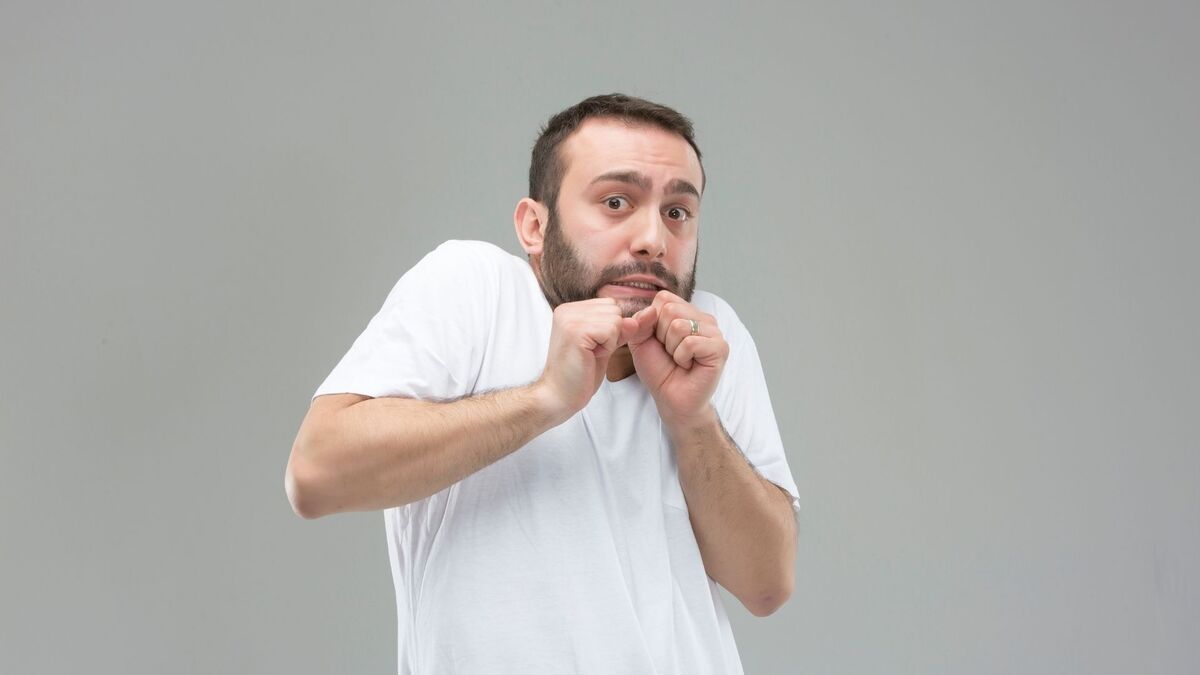
The diagnosis and treatment of emotional allergies are crucial for the identification of the disease in the patient, and its immediate treatment to relieve its symptoms, especially those of itching and lesions. In the following topics we will talk in more detail about the diagnosis and treatment for emotional allergies.
The diagnosis
The diagnosis for emotional allergies can be made based on the patient's history and physical examination. Sometimes it may be necessary to remove a piece of the lesion for a biopsy and more detailed analysis in order to rule out the diagnosis of some types of disease.
But in most cases only the analysis of the lesion and a conversation about the psychological and personal history of the patient, about traumas, fears, and possible pictures of stress, anxiety and depression help to give a more precise diagnosis.
The treatment
To treat emotional allergy it is necessary to mix the treatment with a dermatologist with psychotherapeutic monitoring. After all, while the skin is treated properly both to heal the lesions and treat it with specific creams and moisturizers, mental health should also be taken care of equally.
According to the degree of the situation of the patient's skin, it is prescribed from antiallergic to corticoid ointments, and other supplements such as specific vitamins.
On the other hand, therapy will help the patient to have a greater control with their emotions, besides trying to alleviate and understand the reason for their stress and anxiety crises, trying to better understand and comprehend about themselves.
The importance of treatment
The treatment is not only performed to treat the allergy crisis, but also to take care of the skin and mind, and avoid and prevent possible future crises. With the accompaniment of a dermatologist the patient will know better understand about your skin type, and also to avoid certain foods or products to not trigger any allergic crisis.
Ways to control emotional allergy
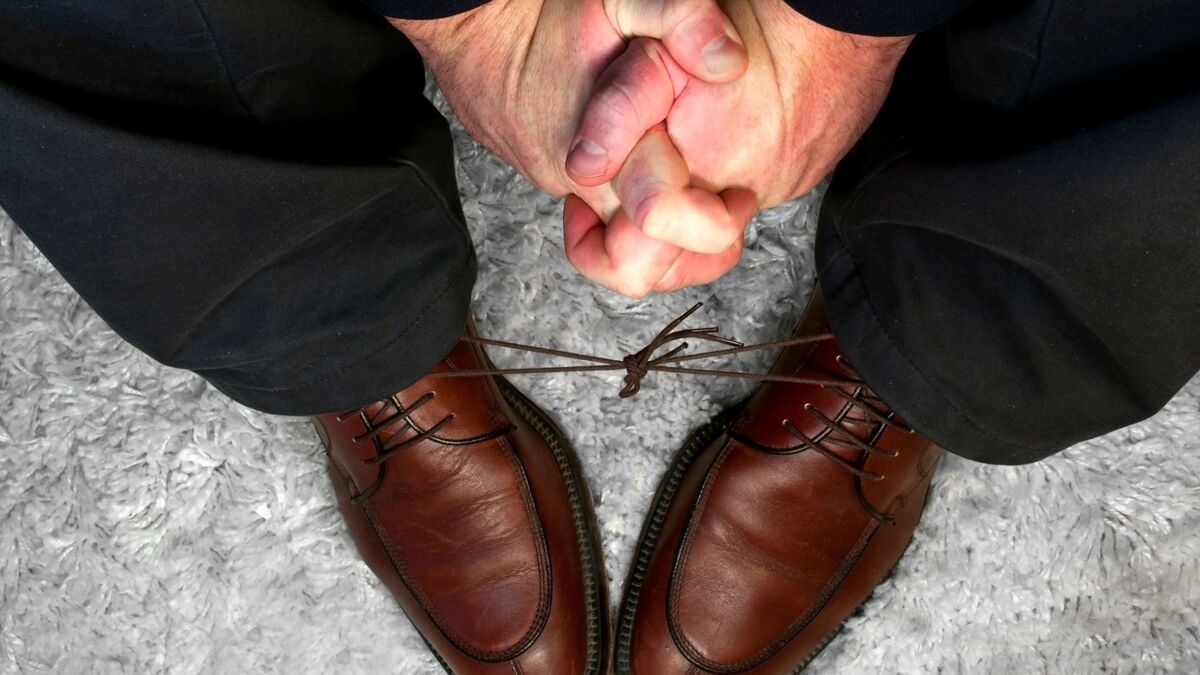
Emotional allergy management is essential in the life of an allergy sufferer, which will help them not only to control their attacks, but also greatly improve their quality of life. Below we will talk more about how to control the crises and their best alternatives.
Watch out for signs of stress
As we know, all emotional energies are triggered by moments of stress, tension, anxiety and nervousness. In particular watch out for the first signs of stress.
Try to relax, empty your mind and if you can take a break either in your work or studies, after all feel overloaded does nothing good for your performance and moreover is very harmful to their own health and allergic condition.
Make time for leisure
Don't be too hard on yourself in your day-to-day obligations, as well as in your work and studies. It's always good to make an effort and fulfill all your duties, but remember to always set aside time to be able to rest and have fun.
Whether it's hanging out with friends, reading a book, watching a movie or series, or making time for physical activity.
With a relaxed and rested body it is much easier to deal with everyday tasks than being overloaded and tired, besides being a strong trigger for the manifestation of various allergies.
Invest in self-knowledge
Another way to manage emotional allergy is to try to understand more about yourself. Seeing a psychologist can help you gain a better understanding of your traumas, fears, and your profile as a person.
Not only in the psychological aspect, but also try to understand how your body works, and avoid consuming certain foods or using hygiene or cleaning products that can trigger allergic crises.
The self-knowledge before your body and mind will help you to control your disease, avoid crisis and have a significant and gradual improvement in your quality of life.
Alternative treatments for the care of emotional allergies
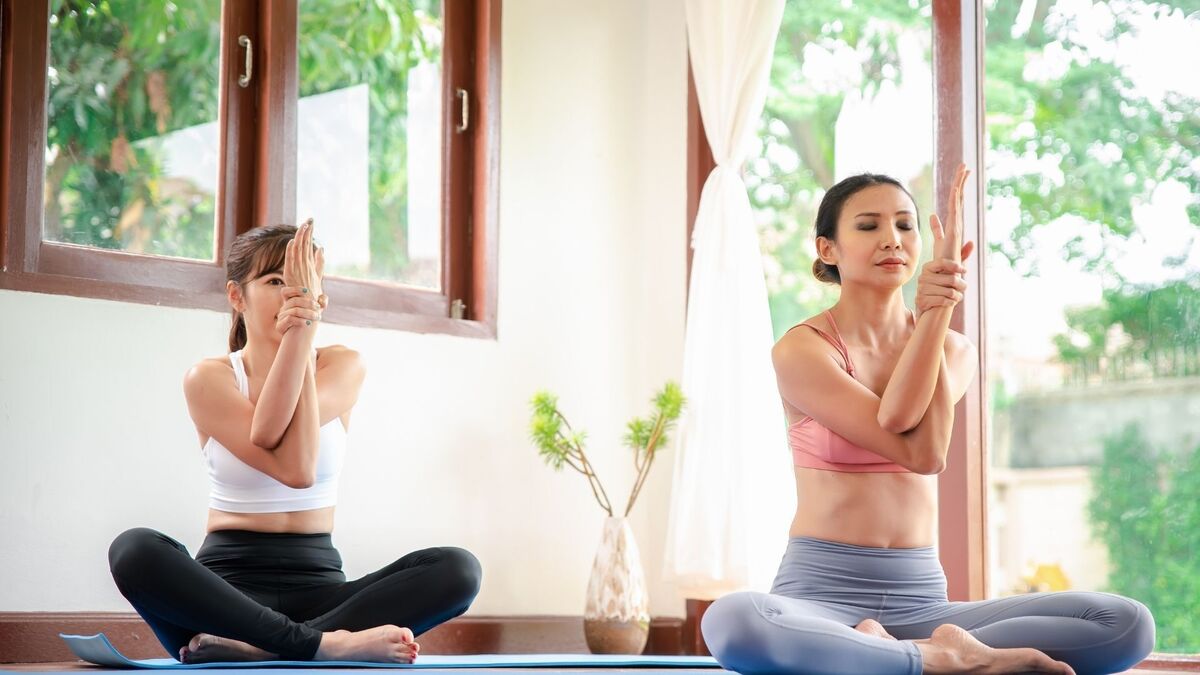
In addition to traditional treatments for emotional allergies, there are also alternative treatments that use medicinal infusions, acupuncture, yoga and meditation. These treatments can be used to control allergic crises, as well as calm the mind and spirit of the patient, preventing the onset of the disease.
Check out below all about these alternative treatments and how they are performed.
Medicinal infusions
Medicinal infusions as well as vaccines are drugs that are administered cutaneously to the patient in which antibodies from humans modified in the laboratory are used.
This type of vaccine brings improvements and benefits almost immediately, however the patient needs to perform the same dose of the vaccine according to the treatment and the type of allergy treated, which can be applied every week or every month.
Acupuncture
Acupuncture is an ancient Chinese technique dating back many centuries in which it uses needles and moxas (burning herb Artemisia to produce heat in the region) that when reaching certain parts of the body are released substances in which will help in the treatment of the patient.
The use of acupuncture to treat emotional allergies is a very effective option, since it relieves the characteristic symptoms of allergies such as itching, and redness. In addition it helps to regulate the functioning of the body, so that the body can have a faster immune response, consequently fighting more effectively the allergenic agents.
Yoga
The practice of yoga is performed to bring relaxation to the patient, and consequently reduce stress and anxiety, factors that culminate in the triggering of emotional allergies.
Breathing exercises, meditation, and postures that work on stretching are performed. Yoga helps not only the physical but also the mental health, and can be a comfort against other illnesses such as depression.
Mindfulness
Mindfulness is a type of meditation in which you need focus on the here and now. It consists of concentrating on the present and making thoughts begin to arise in your mind little by little as you focus on your surroundings.
You should let things flow normally, don't block your feelings and thoughts. For example if you are nervous about the test you will take tomorrow, say to yourself, "I am nervous about tomorrow's test" and don't try to block that thought from your mind or judge it.
Then come back to the present moment. You will learn to deal with these feelings without belittling or hating them, so that you can live with them and manage them very calmly and safely.
Regular practice of physical activities
Physical activity is a practice that helps people with emotional allergies because it not only improves mood, but also relieves symptoms of depression, anxiety and stress. Exercise helps regulate certain parts of the brain which are responsible for balancing stress and anxiety.
There is also the release of serotonin and noradrenalin, which are responsible for alleviating the symptoms of depression. And finally there is the release of endorphins through physical exercises, which are responsible for reducing the symptoms of anxiety and stress, controlling appetite and also reducing the perception of pain.
Can emotional allergy be cured?

In general, emotional allergies do not have a determined cure. However, with the advances in medicine, treatments to reduce or avoid crises have become more and more effective until a certain cure is discovered.
The ideal is to control both the external and internal health of the body, using the ointments, creams and vitamins prescribed by your dermatologist, and also have monitoring from your psychologist, after all mental health is essential to avoid possible allergic crises.
Emotional balance is very important, so always be paying attention to your emotions, and do not overload yourself, avoiding problems such as stress or anxiety.
If you manage to do the treatment correctly, and always take care of your mental health you will be able to avoid that future crises can hinder your life, besides obtaining a much bigger and better quality of life factor.

